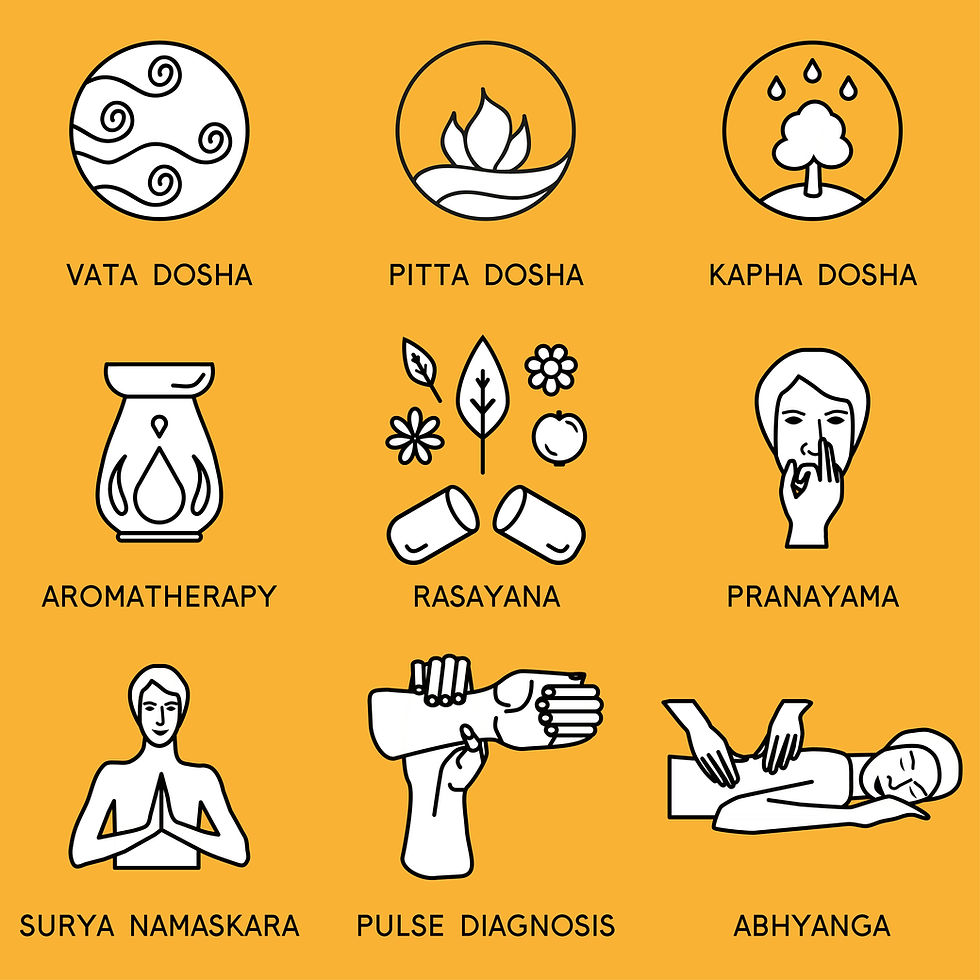Daylight Savings
- Jeff Perlman

- Oct 9
- 2 min read

Daylight saving time began in 1916, when the Germans set their clocks ahead by 1 hour to save fuel for the war effort. The United States followed this in 1918 and repealed it after the war ended. Then, during World War II, President Franklin Roosevelt re-established this policy, which lasted until the war's end in September 1945.
The Uniform Time Act established it again in 196, beginning on the last Sunday in April and ending on the last Sunday in October. This policy has changed many times, but since 2007, daylight saving time has begun on the second Sunday in March and ends on the first Sunday in November, which is the current policy.
It may be surprising that altering your schedule by just one hour can profoundly affect your internal clock or circadian rhythm. Still, these shifts can disrupt mental and physical balance, and minor tweaks to your daily habits can help maintain harmony.
Aligning our routines with the sun’s cycle isn’t a novel idea, but adjusting to time changes can be challenging, particularly in spring when we lose an hour. Ayurveda views nature as a reflection of our essence, influencing the circadian rhythms of all living beings. Every form of life—animals, humans, plants—has a biological clock that denotes the time of day, which can occasionally fall out of sync.
Blue light is one of the biggest culprits of insomnia and nighttime restlessness. It can throw circadian rhythms out of balance. Blue light emitted by our favorite devices —such as tablets, e-readers, cell phones, televisions, and computers —affects the brain’s melatonin production, which governs the circadian rhythm and sleep cycle. Turning off digital screens one or two hours before bedtime signals to your body that it's time to sleep, which creates healthy routines and aligns your body’s internal clock with nature.
Other helpful practices include creating regularity. Creating a schedule with goals on when to sleep, rise, and have meals creates balance. Having a wind-down scenario in the evening —stopping work, checking emails, or surfing the web—will help quiet the mind and nervous system. Initiating an abhyanga practice and then doing a meditation and/or pranayama practice will create groundedness and relaxation. It is a well-known yogic fact that practicing inverted yoga poses will also help adjust the internal clock and get more regular sleep and Ojas (immunity).



Comments